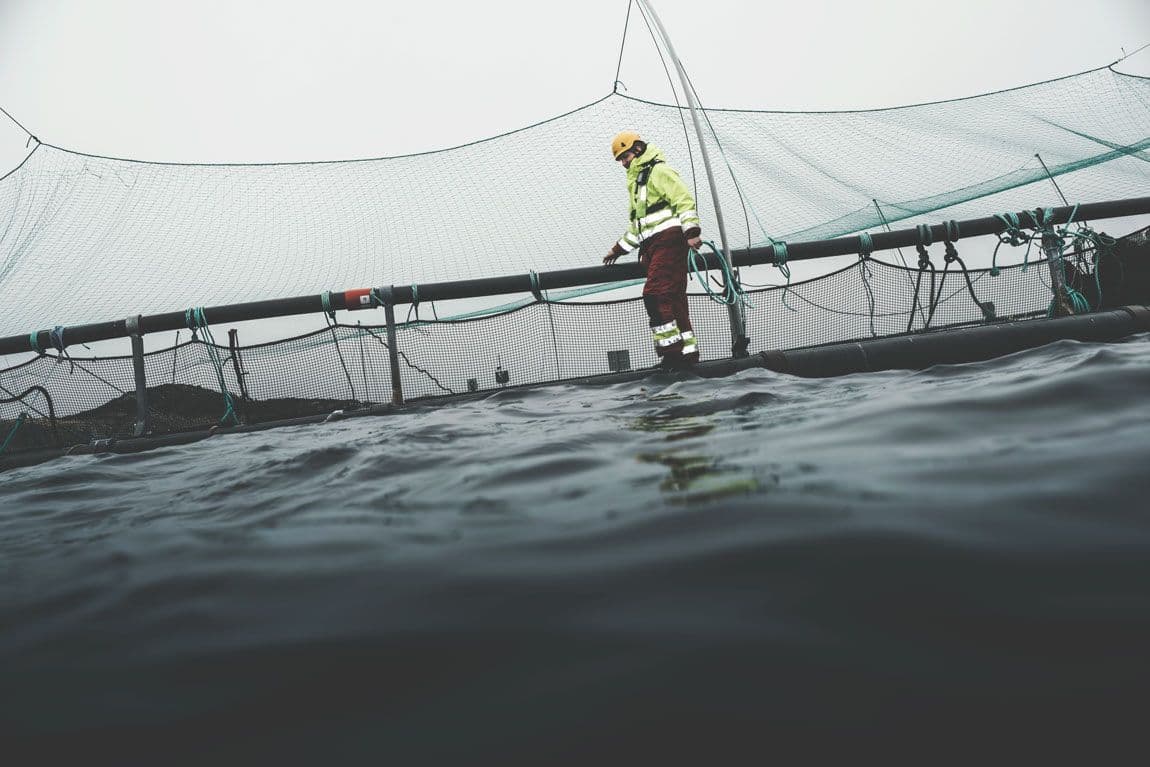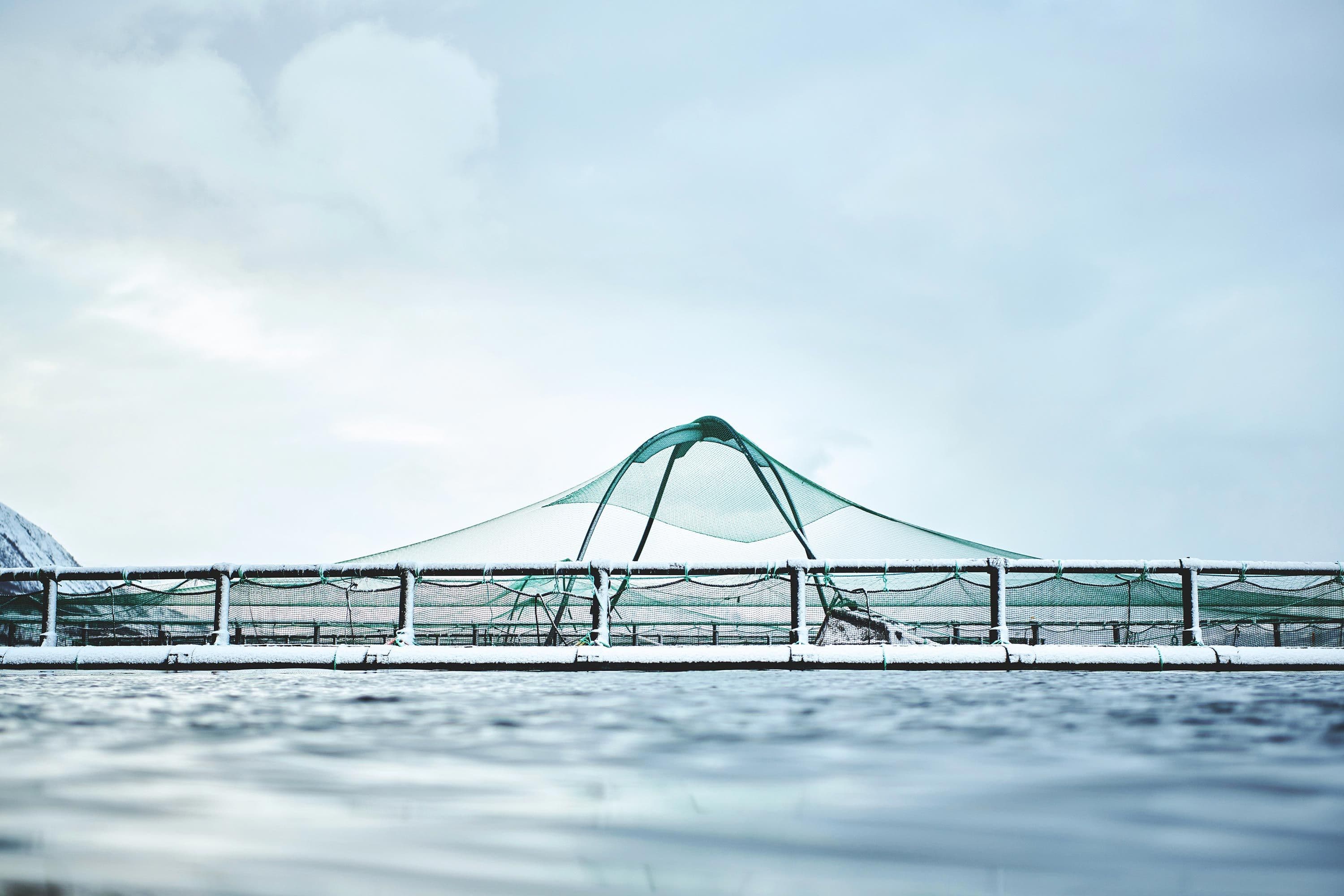
Sterile fish are produced by exposing salmon eggs to high pressure which renders them sterile. Grieg Seafood Newfoundland receives fertilized sterile Atlantic salmon eggs from Stofnfiskur in Iceland. The use of normal sterile Atlantic salmon eggs from Stofnfiskur will ensure the Atlantic salmon produced at our hatchery will not mature, cannot reproduce or mix with wild salmon. Stofnfiskur has a focus on Atlantic salmon that grow fast, are disease resistant with strong immune system and are accustomed to intensive culture so have lower stress levels in this culture conditions.
Hatching
The eggs are incubated in temperature-controlled units until they hatch. Once they hatch, the juvenile Atlantic salmon continue to grow and develop using the nutrients in their yolk sacs. The young Atlantic salmon are cared for in the hatchery in large freshwater tanks where they start to feed on nutrient rich dry pellets. Once they reach 5g they are moved into the smoltification facility.
Smoltification
During the time at the smoltification facility, the Atlantic salmon go through a natural process called smoltification. This is a physical change in the Atlantic salmon that enables them to live in salt water. When this process is complete the Atlantic salmon are cared for and held at the smoltification facility until they reach 50g.
Post smolt
The Atlantic salmon are then moved into the post smolt unit where they are cared for and held in tanks until they reach the appropriate size to move out into the sea cage sites.


